Apple Incorporated - The Journey Towards The “iVerse”
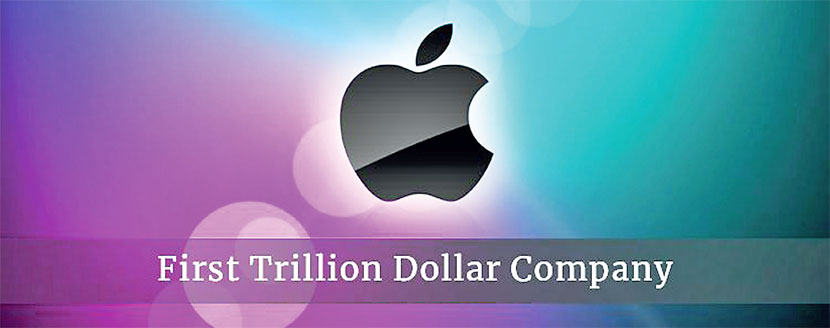
The brand ‘Apple’ has become synonymous within IT industry, transcending further from personal computers which was it’s initial specialization. The popularity of the brand name is such that it is immortalised as the word’s first public company to be valued at 1 trillion US Dollars. Achieving such a feet for any corporate is not an easy walk in the park by any means. Here is a glimpse of the journey towards the patented “iVerse” with relevant nods to the ups, downs, botches and the triumphs faced along the way. The name ‘Apple’ is closely associated with it’s co-founder Steve Jobs even before the brand became a legend within the industry. Along with the other co-founder Steve Wozniak, he is instrumental as the mastermind behind the concept which became a reality in 1976.
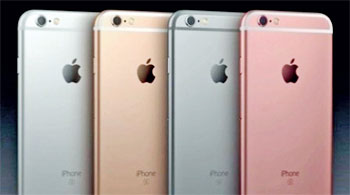 Great things were expected of the brand ever since its fabled incorporation in Silicon Valley, California. The demand for stocks skyrocketed drastically in quick time that it surpassed Ford as the biggest stock market launch (1956) when it opted for a flotation in 1980. Jobs and Wozniak launched Apple by developing kit computers with the Apple 1 as the inaugural model (1976). The inaugural production run (currently coveted as a collectible at present) is widely acknowledged for the accumulation of capital sufficient to fund the development of the Apple 2 (launched in 1977), in the same year which Apple Inc became an official enterprise.
Great things were expected of the brand ever since its fabled incorporation in Silicon Valley, California. The demand for stocks skyrocketed drastically in quick time that it surpassed Ford as the biggest stock market launch (1956) when it opted for a flotation in 1980. Jobs and Wozniak launched Apple by developing kit computers with the Apple 1 as the inaugural model (1976). The inaugural production run (currently coveted as a collectible at present) is widely acknowledged for the accumulation of capital sufficient to fund the development of the Apple 2 (launched in 1977), in the same year which Apple Inc became an official enterprise.
The Apple 2 acted as the driving force of the company’s revenue till the mid-80s even if the hardware remained relatively unchanged. Attempts were made to launch updates like Apple 3 and Apple Lisa, but these updates floundered to achieve market traction. A dark cloud was hovering over Apple Inc.’s horizons in the initial months of the 80s even if the Apple 2 was in considerable demand. The launch of the Macintosh in 1984 is a satisfactory sigh of relief for the investors. That relief was short-lived since IBM (International Machines Corporation: Armonk, America) posed an imminent threat during the intervening years between the launch of the Apple 2 and the Macintosh.
Disappointing sales income generated from the Macintosh complemented by numerous internal struggles for authority led the Board of Directors to replace Steve Jobs with John Sculley (1985). Consequentially, Jobs terminated ties with Apple and chose to partner with NeXT Inc. A fresh start under Sculley saw to an expansion in production lines once the authority shifted. Sculley’s reign as CEO spanned out till 1993. Signi f icant growth was achieved within those 8 years. Innovative products such as laser printers, Macintosh portables, PowerBooks and the Newton hit the shelves. These products were sold at a premium with extremely generous margins, thus ultimately leading to superior financial performance.
The only thorn in the way was the presence of cheaper products running Windows which served a larger middle market for those who required a computer, but financial restraints denied acquisition of a Macintosh. Comparatively, it seemed as if Apple was stalling progress, even if sufficient sales were generated. The two successive CEOs Micheal Spindler (1993-1996) and Gil Amelio (1996-1997) failed to remain competitive with the spread of IBM clones running Microsoft invading the market. Windows (Microsoft’s operating system) became the industry standard while the Apple OS seems outdated.
As retaliation, Amelio convinced the BOD to takeover NeXT Inc; the company governed by non other than the fabled Apple spearhead Steve Jobs. It is safe to state that Apple was a mere shadow of Steve Jobs from the moment which the Macintosh was released. It was either a reflection of, or a reaction to the management style adapted by the former co-founder. Jobs believed that a revolutionary product shouldn't depend on customer expectations since they are unable to comprehend the quality until the products are used or experienced. Unfortunately, such philosophies were way ahead of his time in 1985. Jobs received a second chance for redemption once he overthrew Amelio in 1997 by staging an internal coup. He managed to align the hardware to his vision for all functionalities remaining digitalized.
The iMac was launched with a strategic marketing campaign utilizing the “Think Different” slogan. Apple has always been a goliath in its marketing and branding strategies, even if most of the credit for the success is recorded behind Job’s name. The definitive factor which sets the iMac apart from the rest is its beauty and design. The iMac was the forerunner of the many other great product lines which followed in its wake. The iBook, iPod, iPhone, MacBook Air and the iPad followed in close proximity. All these products reflect a refined focus on elegance and user experience.
The iPod exterminated any existing competition in the MP3 player industry. The launch of the iPhone saw to the domination within the smartphone market. Additionally, the iPad managed to seduce users with the temptation of a need for another screen to view content on. The launch of these innovative products shifted Apple into the new venture of ensuring a tight ecosystem of hardware, software and content. Apple didn't restrict iTunes’s functionality to transference of MP3s onto iPods. On the contrary, the enterprise incorporated the concept of an album by separating each song which was sold individually at a fraction of the price of the entire album.
The same process was included in each software. A majority of the essential computer functions can be performed on an Apple mobile appliances through the use of specific apps; which are conveniently available for purchase in the Apple’s App store. Steve Jobs passed away in 2011 due to pancreatic cancer, and the reins were passed onto current CEO Tim Cook. The post Jobs era at Apple has been a success in almost every measure, with Apple continuing to be the dominant tech company in both market share and stock price. Many experts believe that Apple has become complacent; being solely reliant on its tech releases rather than striving to be transformative.
The most noticeable release within the post-Jobs era is the Apple Watch. The absence of groundbreaking innovation has led the brand to remain reliant on production cycle of the iPhone to earn financial superiority. The company still produces some of the best products with the most integrated ecosystem, but the gap between Apple and competitors like Samsung and Google is no longer as pronounced as it once was. Through all the ups and downs, one fact is evident. That is, as the first mover into many challenging markets, Apple was the forerunner who built the stadium, and the leader who set the rules for the game for others to follow.
Randheer Mallawaarachchi



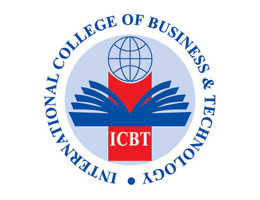
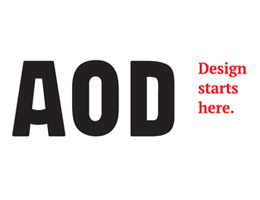
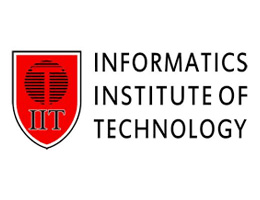
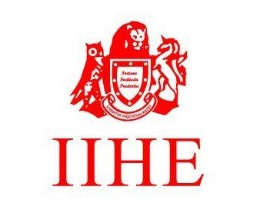



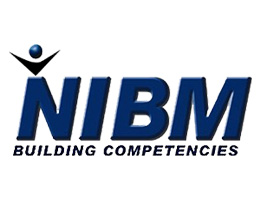

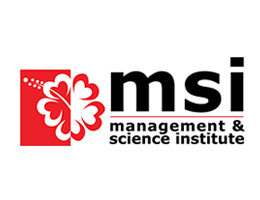

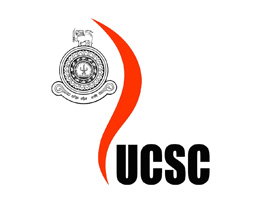


























.jpg)
.jpg)
.jpg)
.jpg)
.jpg)

